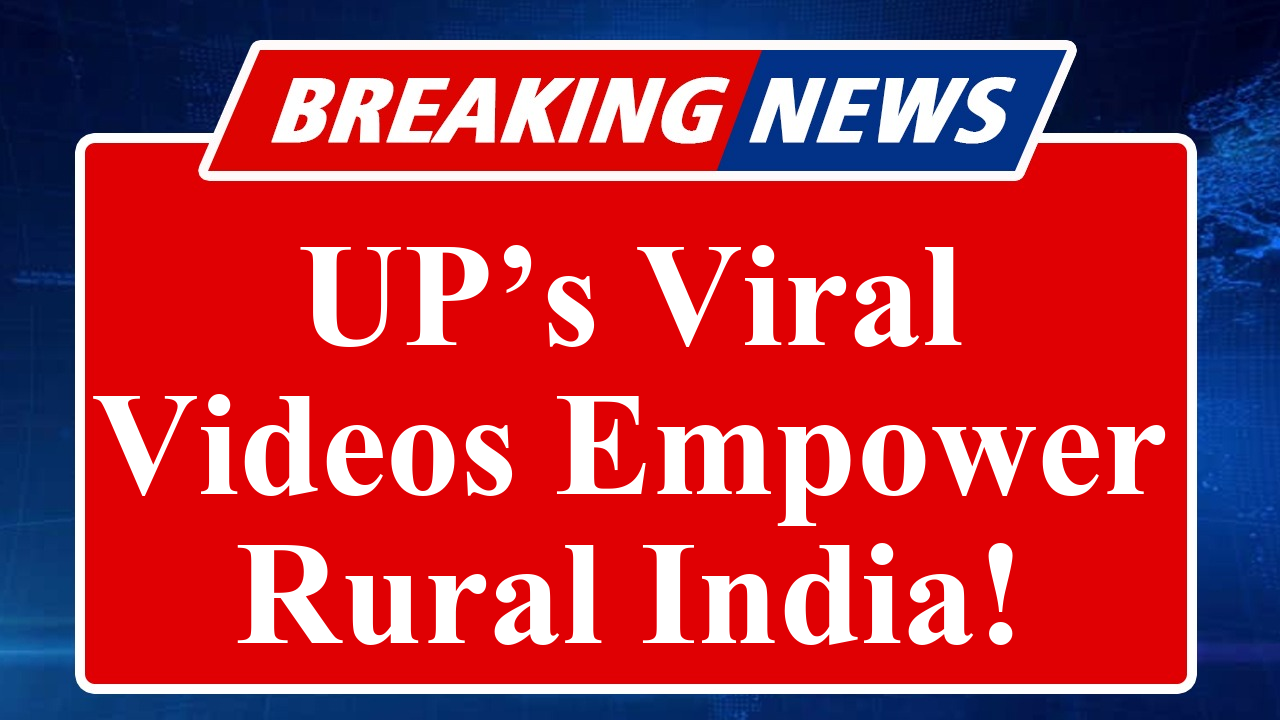In a bid to enhance awareness of government schemes in Uttar Pradesh’s rural regions, the state has launched a video campaign targeting villagers. Using engaging, localized content, the initiative aims to educate rural communities about welfare programs, financial inclusion, and digital literacy, bridging the urban-rural divide. The campaign leverages mobile platforms and community screenings to ensure maximum reach.
UP’s Video Initiative to Empower Rural Communities with Scheme Awareness
The Uttar Pradesh government has rolled out an innovative video campaign to increase awareness of its welfare schemes in rural areas, addressing the critical need for accessible information in remote regions. Launched in July 2025, the initiative focuses on delivering short, engaging, and vernacular videos tailored to the cultural and linguistic nuances of rural UP. These videos cover schemes like PM-KISAN, Ayushman Bharat, and Digital India, aiming to empower villagers with knowledge about financial aid, healthcare, and digital services.
The campaign, spearheaded by the state’s Department of Rural Development in collaboration with local NGOs, utilizes platforms like YouTube, WhatsApp, and community screenings in village panchayats to reach audiences with limited internet access. According to recent data from the National Sample Survey Office (NSSO), over 77% of rural households in UP now have access to smartphones, a significant rise from 2022, making digital video a viable medium for outreach. The videos, available in Hindi and regional dialects like Bhojpuri and Awadhi, feature real-life success stories, such as farmers benefiting from PM-KISAN’s ₹20,500 crore disbursal in 2024, to build trust and relatability.
Officials report that the campaign targets over 1.5 crore rural households across UP’s 75 districts, with a focus on marginalized communities. “Our goal is to ensure no villager is left unaware of their entitlements,” said a senior official from the Rural Development Department. The videos also address digital literacy, teaching villagers how to use UPI for financial transactions and access e-governance platforms like e-District and Common Services Centres (CSCs). This aligns with the Digital India initiative, which has boosted financial inclusion through schemes like Jan Dhan-Aadhaar-Mobile, with over 80% of rural UP adults now linked to banking services, per a 2024 RBI report.
To overcome connectivity challenges, the campaign employs offline methods like mobile vans and community screenings at local schools and panchayat bhawans. In districts like Bahraich and Shravasti, where literacy rates hover around 60%, the videos use simple visuals and storytelling to explain complex schemes. For instance, a video on Ayushman Bharat showcases how a family in Gorakhpur accessed free healthcare, saving ₹2 lakh in medical expenses. Another video highlights the NAMO Drone Didi scheme, empowering rural women to operate drones for agricultural tasks, fostering economic independence.
The initiative has drawn praise from rural activists. “Videos are a game-changer in rural India, where oral traditions dominate. They make schemes tangible and relatable,” said Anjali Sharma, a community worker in Lucknow. However, challenges remain, including inconsistent electricity and internet access in remote areas. To address this, the government plans to distribute informational booklets alongside videos, ensuring accessibility.
Data from the Ministry of Rural Development indicates that similar video-based campaigns in other states have increased scheme enrollment by 15-20% within six months. UP aims to replicate this success, with plans to expand the campaign to cover skill development and women’s empowerment programs by December 2025. The state has allocated ₹50 crore for the initiative, with partnerships from private players like Nestlé India, which previously supported rural awareness projects in Haryana.
Disclaimer: This article is based on recent reports, government announcements, and data from credible sources like the National Sample Survey Office, RBI, and Ministry of Rural Development. Information is accurate as of August 2025 and subject to change based on new developments.

